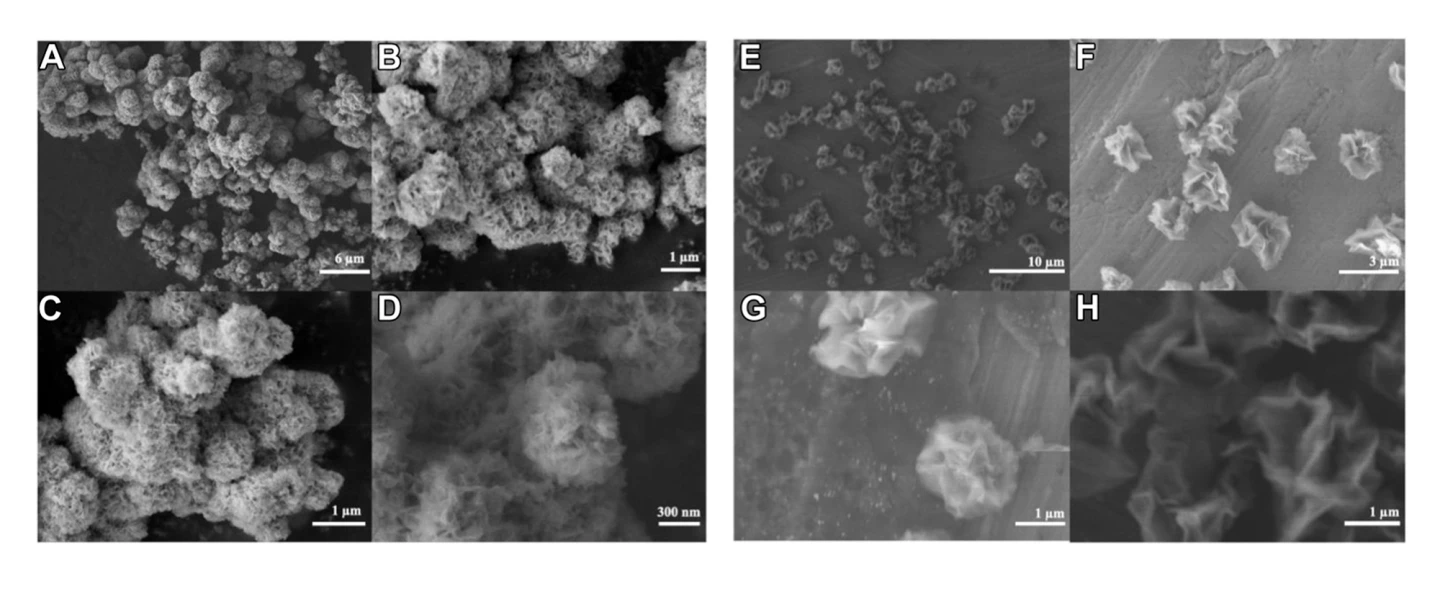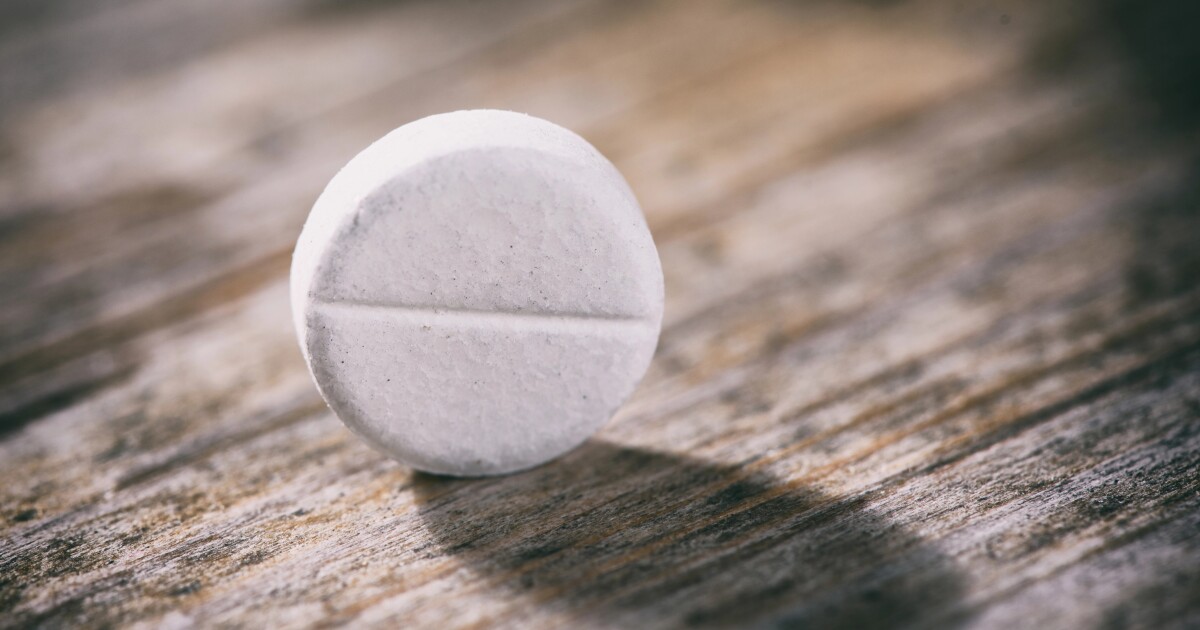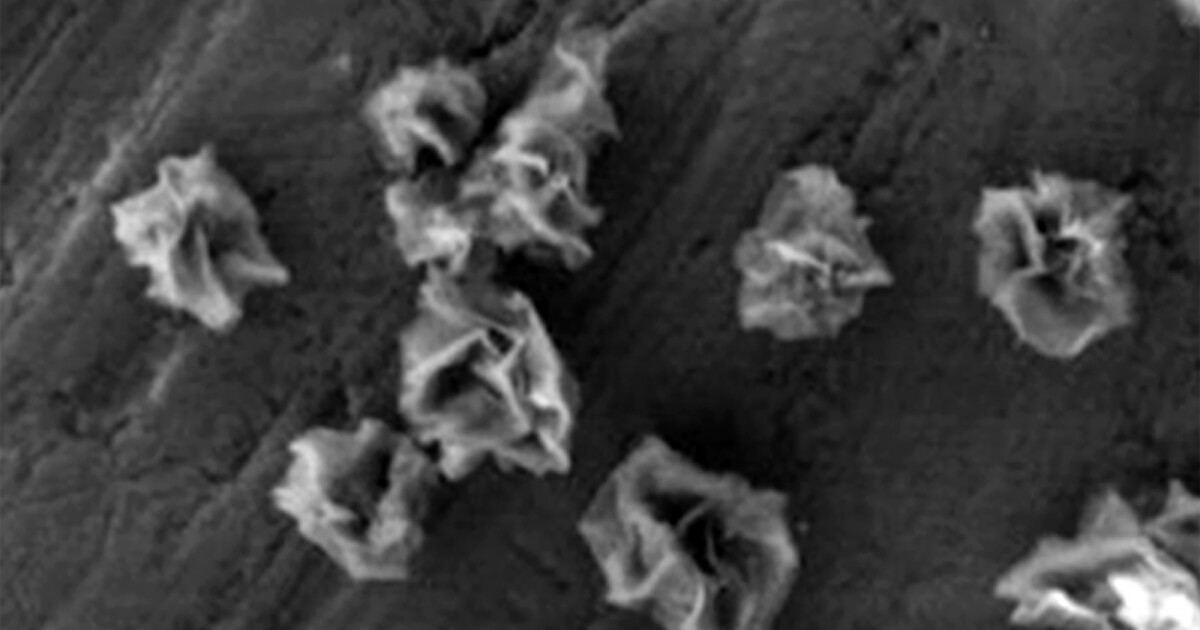Metallic nanoflowers may be the next frontier in brain health, reducing oxidative stress, protecting mitochondria, and even extending lifespan in lab models. A new study shows they hold “incredible potential” as neuroprotective agents.
Nanoparticles have been used for some time now to deliver targeted treatment in the form of drugs, genes, or other therapeutic agents. Lately, though, another unique type of nanomaterial has entered the scene and is making waves: the nanoflower.
Looking just like their name suggests, researchers from Texas A&M University have used these flower-shaped nanoparticles to improve and protect brain cell health via their effect on mitochondria, the energy-producing machinery of cells.
“These nanoflowers look beautiful under a microscope, but what they do inside the cell is even more impressive,” said the study’s corresponding author, Dmitry Kurouski, associate professor in biochemistry and biophysics at Texas A&M’s College of Agriculture and Life Sciences. “By improving the health of brain cells, they help address one of the key drivers of neurodegenerative diseases that have long resisted therapeutic breakthroughs.”
Dysfunction in mitochondria is seen in a wide spectrum of pathologies, including neurodegenerative diseases like Parkinson’s, Alzheimer’s, and amyotrophic lateral sclerosis (ALS). Common causes of mitochondrial dysfunction include genetic mutation, reactive oxygen species (ROS), neuroinflammation, epigenetic changes, and environmental factors. This dysfunction then results in a buildup of toxic proteins, such as tau and amyloid-beta, associated with neurodegenerative disorders. For this reason, many therapies focus on restoring healthy function to these tiny but important organelles.
The benefit that nanoflowers offer is that their distinct shape – multiple “petals” radiating from a central core – provides a large surface-to-volume ratio, meaning that their outer surface area is large compared to their internal volume. This, arguably, makes nanoflowers more useful than regular nanoparticles for functions like drug delivery and catalysis, or increasing the rate of a chemical reaction by adding a catalyst.
In the present study, the researchers experimented with two novel types of metallic nanoflowers, made from molybdenum disulfide (MoS2) and molybdenum diselenide (MoSe2). They first used the nanoflowers on cells in the lab, studying how they affected neurons and astrocytes, mitochondrial function and oxidative stress (measured by ROS).

Texas A&M University/Mitchell et al. (2025)
They found that both MoS2 and MoSe2 nanoflowers were absorbed by neurons and astrocytes, the specialized, star-shaped central nervous system cells that provide energy and support to neurons, among other important functions. Significant increases in cell proliferation were observed in the first 24 hours after treatment, especially with MoS2 in neurons, where there was up to a 93% increase.
Both nanoflowers substantially reduced ROS levels, with MoSe2 showing stronger effects. The MoSe2 nanoflowers reduced ROS in neurons by up to 80% at higher concentrations. Astrocytes also showed a dose-dependent ROS reduction. Why are ROS bad? ROS are byproducts of cellular metabolism that normally help regulate essential processes like cell survival and death. But when their levels spike, they can damage cells and trigger inflammation.
The researchers also saw that mitochondrial damage fell significantly in all cell types. MoSe2 reduced signs of mitochondrial damage in neurons by up to 99%, suggesting a strong protective effect. While MoS2 also had strong protective effects, they were slightly less pronounced. Both nanoflowers increased levels of proteins linked to mitochondrial health, and gene expression tests showed an upregulation of the pathway known to promote mitochondrial repair and protect against stress.
“Even in healthy cells, some oxidative stress is expected,” Kurouski said. “But the nanoflowers seem to fine-tune the performance of mitochondria, ultimately bringing the levels of their toxic byproducts down to almost nothing. If we can protect or restore mitochondrial health, then we’re not just treating symptoms – we’re addressing the root cause of the damage.”
After experimenting with individual cells, the researchers moved on to test the nanoflowers in an animal model, to see how they affected lifespan in Caenorhabditis elegans, a type of microscopic worm commonly used in biomedical research. Compared to controls, MoSe2 extended the worms’ lifespan by up to six days. It might not sound like much, but C. elegans typically has a lifespan of 18 days, so that’s a one-third extension. MoS2 had milder effects but still slightly increased lifespan.
Of course, the usual limitations apply. Most of the study was conducted on cultured cells, which may not fully reflect the complexity of living organisms. And while C. elegans is a powerful research tool, its results may not directly translate to humans. Long-term safety and efficacy of the nanoflowers remain unknown. Very high doses of MoSe2 slightly impaired cell viability, suggesting a need for careful dosing.
These metallic nanoflowers have huge potential as neuroprotective materials capable of treating conditions like stroke, Alzheimer’s and Parkinson’s diseases. And more research is needed before these therapies move from the lab to the clinic.
“We think this could become a new class of therapeutics,” said Kurouski. “We want to make sure it’s safe, effective and has a clear mechanism of action. But based on what we’ve seen so far, there’s incredible potential in nanoflowers.”
The study was published in the Journal of Biological Chemistry.
Source: Texas A&M University








